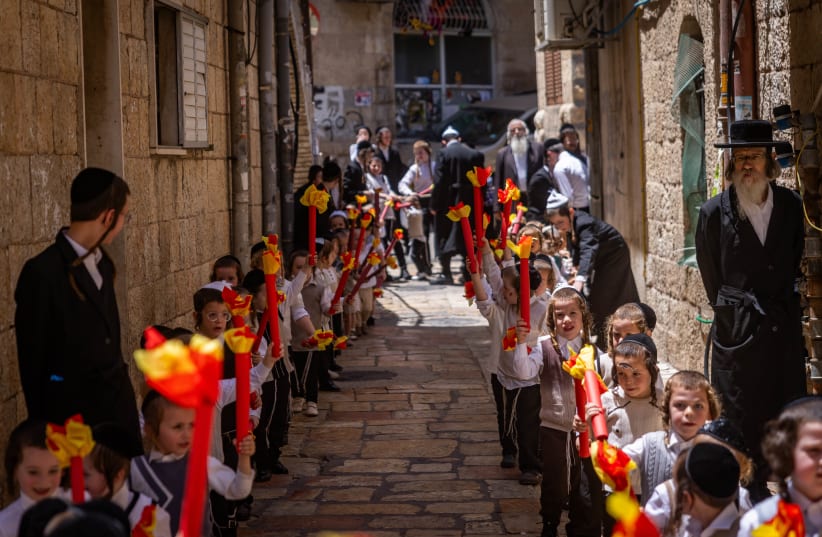The Yad Yitzhak Ben Zvi Archive has released historical photos from the first Shavuot celebrations in Israel. These photos showcase the early traditions of Bikkurim (first fruits) presentations. These images depict children dressed in white, holding baskets of first fruits, and wearing wreaths, much like today’s celebrations.
The Israel Revealed to the Eye project, part of the Yad Yitzhak Ben Zvi Archive named after Shoshana and Asher Halevi, aims to document Israel’s history through the eyes of its citizens. This archive contains historical photos from events dating back to before the establishment of the state up to the present day. This Shavuot archive reveals pictures from the first Bikkurim celebrations held in Haifa in 1932, symbolizing the connection between urban areas and rural settlements.
Pre-1948 Shavuot
In the 1930s, the Zionist movement revitalized several ancient Jewish holidays, including Lag Ba’omer, Tu B’av, Hanukkah, and Shavuot. The first Bikkurim celebrations in Haifa in 1932 highlighted the city’s role as a central link to agricultural settlements in the Jezreel and Jordan Valleys, as well as the region of Samaria.


Haifa was considered the most agricultural city in Israel at the time. The celebrations were so successful that they continued in 1933. The Hebrew industrial city of Haifa was entirely shut down for Shavuot, which fell on May 31, 1933. The opening event featured an artistic program that included a play called “The Festival of the Basket.”
The following day, children from kindergartens and schools participated in Bikkurim ceremonies, and an afternoon parade saw around 500 participants.Bikkurim celebrations were not limited to Haifa. They also occurred in various settlements and kibbutzim, including Tiberias, Tel Aviv, Rishon Lezion, Sderot, Kfar Giladi, Re’im, Tel Yosef, and Nahalal.
Yad Ben Zvi is a research, cultural, and educational institution established by law at the Knesset in 1969, named after Israel’s second president. Its primary roles include the study of Jewish communities in the East, the history of the Land of Israel, and Jerusalem studies, which it aims to disseminate to the public.
Located in the Rehavia neighborhood of Jerusalem, the Yad Ben Zvi complex served as the president’s residence from 1953 to 1971. The site includes the President’s Hut, a national heritage site, research institutes, a library, a photo archive, a publishing house, and the Jerusalem Studies School.
